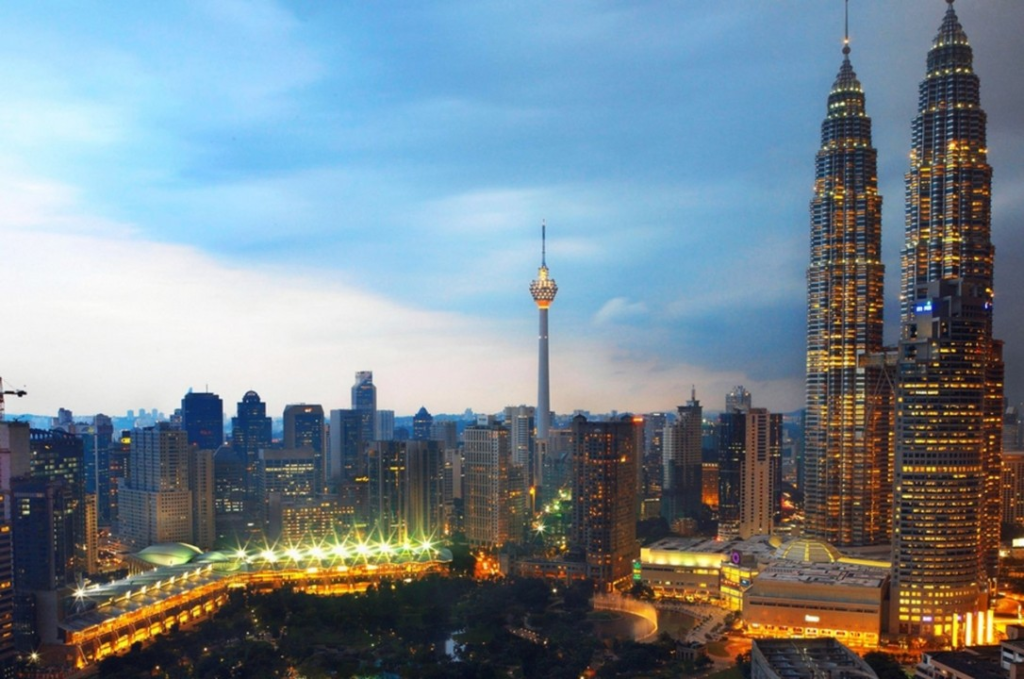
Malaysia’s property market presents unique opportunities for buyers, particularly within the framework of Malay Reserve Land and Bumi Lots. These land categories, each with distinct benefits and restrictions, play a crucial role in property ownership for Malays and Bumiputeras. Whether you’re considering urban developments like Rencana Royale in Taman Tun Dr. Ismail (TTDI) or other locations, understanding these land types is essential to making informed investment decisions.
Let’s explore the defining features and historical significance of these two property categories.
Malay Reserve Land: A Preserved Legacy

Malay Reserve Land exists under the Malay Reservation Enactment Act, established during British colonial times. This law ensures that land designated as Malay Reserve is owned exclusively by Malays, preserving cultural and economic stability for the Malay community. Historically focused on rural areas, these properties now increasingly appear in urban developments, providing more attractive investment opportunities.
Urban Malay Reserve Land, such as the plots housing Rencana Royale, offers the allure of prime locations combined with competitive pricing. TTDI, known for its affluence and accessibility, enhances the desirability of such properties. While ownership remains exclusive to Malays, these lands present unique benefits:
- Cultural Preservation: Malay Reserve Land supports the community by maintaining a strong sense of ownership and heritage.
- Investment Stability: Urban Malay Reserve developments offer long-term value growth, blending exclusivity with financial potential.
Buyers of Malay Reserve Land in TTDI can enjoy premium locations, excellent connectivity, and modern living amenities while securing a foothold in a protected property market.
Bumi Lots: Accessibility and Opportunity
Bumi Lots, on the other hand, are designated within housing developments to encourage Bumiputera homeownership. These properties are offered at discounted rates, often below market value, as part of government policies aimed at fostering financial inclusion. Unlike Malay Reserve Land, Bumi Lots can be sold to non-Bumiputeras after specific conditions, such as a fixed holding period, are met.
The benefits of Bumi Lots include:
- Affordability: Special pricing makes these properties more accessible, particularly for first-time buyers.
- Flexibility: Although initially reserved for Bumiputeras, these properties may enter the open market under certain circumstances.
Bumi Lots are often viewed as ideal for entry-level investments, offering affordability without compromising on location or quality.
Looking Ahead: Exploring Key Comparisons

While Malay Reserve Land and Bumi Lots both cater to specific demographics, their distinctions significantly impact their market value and investment potential. In the upcoming discussion, we will explore the following:
- How Rencana Royale leverages its status as a development on Malay Reserve Land to attract discerning buyers in TTDI.
- The financial and legal considerations of each property type.
- Opportunities and challenges for investors and homeowners looking to capitalise on these unique offerings.
Stay tuned to discover how developments like Rencana Royale highlight the potential of these land categories, offering a blend of exclusivity, accessibility, and long-term value.